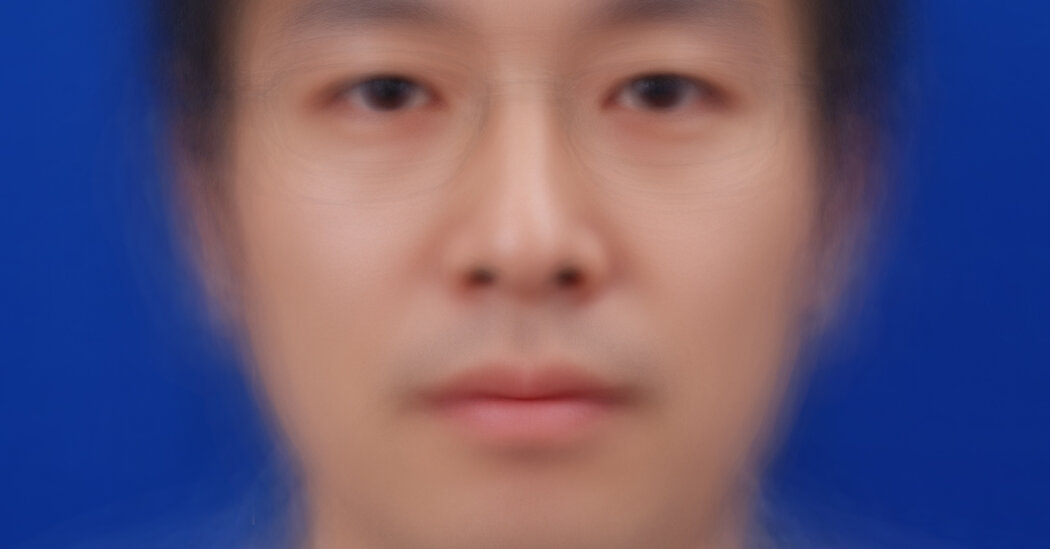
On a recent Tuesday evening, Jully Lee and her boyfriend curled up on the couch and turned on the TV to watch the Ovation Awards, a ceremony honoring stage work in the Los Angeles area that was held virtually this year because of the coronavirus pandemic. Ms. Lee, an actor, had been nominated for her role in the play “Hannah and the Dread Gazebo,” which was in production before the pandemic.
Ms. Lee, 40, had submitted a prerecorded acceptance speech in case she won. During the ceremony, each nominee’s photo was shown as his or her name was announced. When Ms. Lee’s category arrived, her name was called, and a photo appeared on the screen. A photo of the wrong Asian: her colleague Monica Hong. The announcer also mispronounced Ms. Lee’s name.
“I was just stunned,” Ms. Lee said. She added that after a pause, she and her boyfriend started cracking up. “When things are awkward or uncomfortable or painful, it’s much safer to laugh than to express other emotions. It’s like a polite way of responding to things.”
A Rise in Anti-Asian Attacks
A torrent of hate and violence against people of Asian descent around the United States began last spring, in the early days of the coronavirus pandemic.
-
- Background: Community leaders say the bigotry was fueled by President Donald J. Trump, who frequently used racist language like “Chinese virus” to refer to the coronavirus.
- Data: The New York Times, using media reports from across the country to capture a sense of the rising tide of anti-Asian bias, found more than 110 episodes since March 2020 in which there was clear evidence of race-based hate.
- Underreported Hate Crimes: The tally may be only a sliver of the violence and harassment given the general undercounting of hate crimes, but the broad survey captures the episodes of violence across the country that grew in number amid Mr. Trump’s comments.
- In New York: A wave of xenophobia and violence has been compounded by the economic fallout of the pandemic, which has dealt a severe blow to New York’s Asian-American communities. Many community leaders say racist assaults are being overlooked by the authorities.
- What Happened in Atlanta: Eight people, including six women of Asian descent, were killed in shootings at massage parlors in Atlanta on March 16. A Georgia prosecutor said that the Atlanta-area spa shootings were hate crimes, and that she would pursue the death penalty against the suspect, who has been charged with murder.
The LA Stage Alliance, which hosted the ceremony, disbanded in the wake of outrage over the blunder.
The irony of a mix-up like this wasn’t lost on Ms. Lee. It was rare to even be performing with other Asian actors, rather than competing for the same part. “It’s so funny because when there’s so many Asians, then you can’t tell them apart, but in media there are so few Asians that you can’t tell us apart,” she said. “What is it?”
The invisibility of Asians in pop culture is part of what, scholars say, contributes to the “wrong Asian” experience: When people aren’t accustomed to seeing Asian faces onstage or onscreen, they may have more trouble telling them apart in real life. To put it another way: If all you really have to work with are John Cho, Steven Yeun, Aziz Ansari and Kal Penn, that’s not going to go a long way in training you to distinguish among men of Asian descent offscreen. In contrast, Hollywood has given everyone plenty of training on distinguishing white faces, Dr. Nadal said.
Out of Hollywood’s top 100 movies of 2018, only two lead roles went to Asian and Asian American actors (one male and one female), according to a study by the University of Southern California’s Annenberg School for Communication and Journalism.
Donatella Galella, a professor of theater history and theory at the University of California, Riverside, said that popular culture has long reflected the Western world’s xenophobic views toward Asians, which resulted in placing them in diminished roles onstage and onscreen — the villain, the sidekick. That entrenched a kind of marginalization feedback loop.







